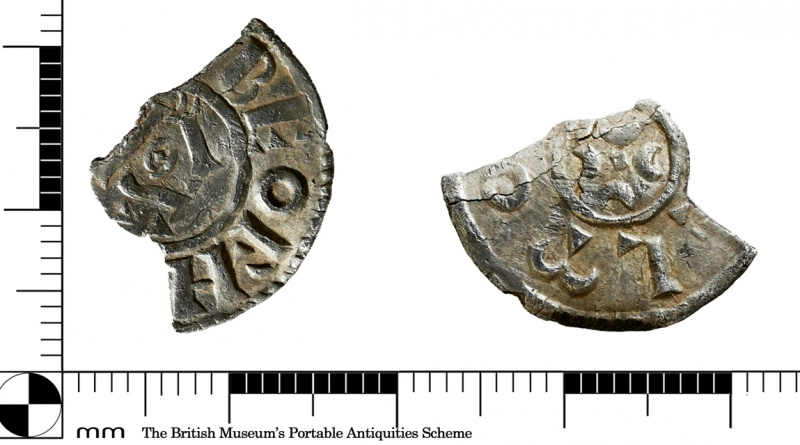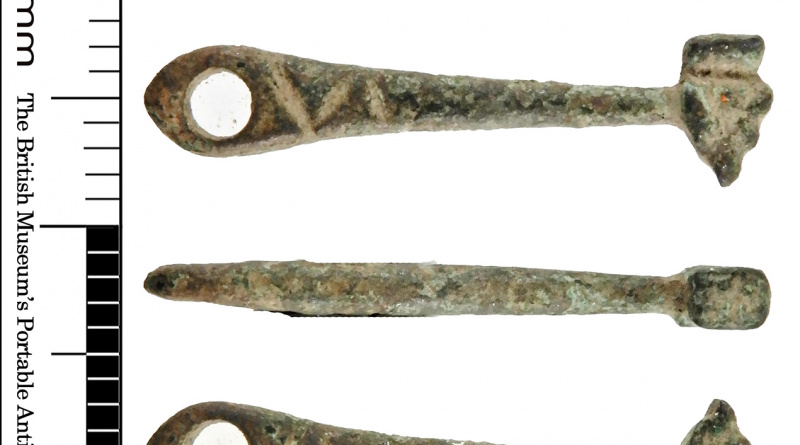PAS Finds (w/e 27/10/23) – “God’s providence is our inheritance”
My selection of the detecting finds recorded at the PAS in the week ended 27 October 2023.
Featured Find
“Gods providence” gold ring
A gold posy ring, dated to 1680 – 1720, with the inscription “Gods providence is our inheritance“.
I thought I’d try to find the source of this motto. The bible contains several references to “God’s providence” and “our inheritance” but doesn’t seem to put the whole phrase together. The PAS record notes that these words appear on a notable building in Chester and that the “Earl of Cork have taken these words for their family motto“.
Richard Boyle, 1st Earl of Cork
One source goes further than the PAS and says that the phrase is Richard Boyle’s “self-penned family motto”.1 It would certainly be the family motto for generations to come.
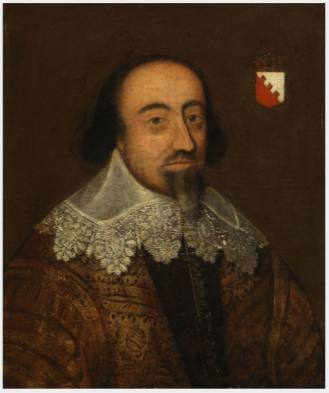
National Gallery of Ireland, Public domain, via Wikimedia Commons
Richard Boyle (1566 – 1643) has been described as the “first colonial millionaire“. He found favour with Elizabeth I who made him clerk of the council of Munster. He bought Sir Walter Raleigh’s estates on Cork, Waterford and Tipperary and made Lismore Castle his principal home. He was created 1st Earl of Cork on 26 October 1620, later became Lord Justice and finally in 1631, Lord Treasurer of Ireland.
He sought to establish a protestant Ireland, being involved in putting down Catholic rebellions and the reconstruction of St Carthage’s Cathedral in Lismore.
He had 14 children and probably the most famous was his 7th son, Robert, the famous chemist, best known for Boyles law
Plague
Chester
Perhaps the most famous example of the motto on a building is the inscription on 9 Watergate Street, Chester. The inscription dates from 1652, when the present house was built, and is said to be in thanks for deliverance from the plague of 1647-8 which killed 2000 people in the city.2
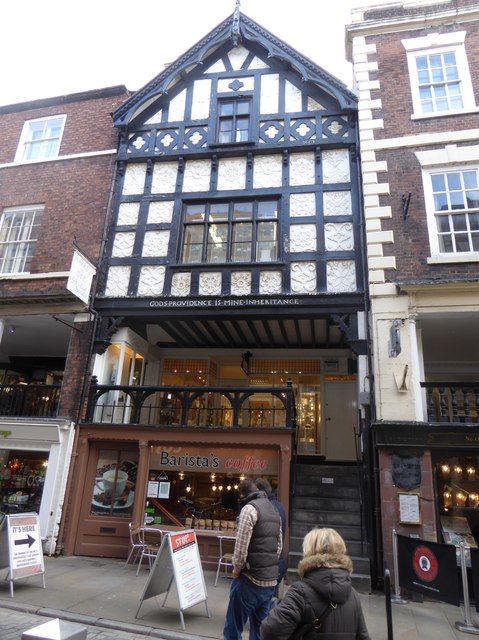
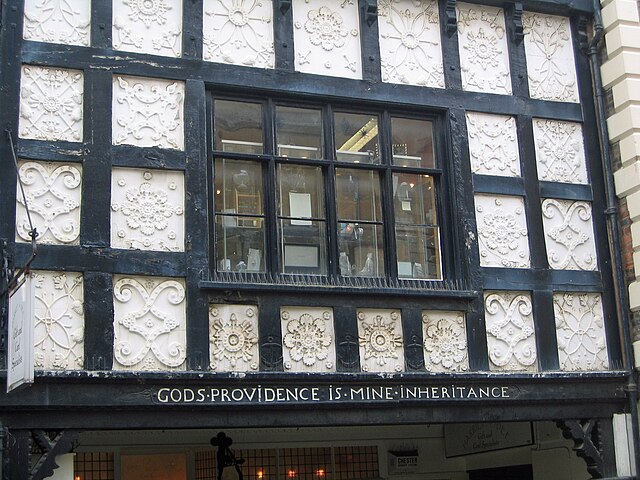
Ormskirk
I found another house in Ormskirk, built in 1690 with the same inscription and similar reason; that it was the only household in the town that was not affected by the plague.
Isle of Wight
Also, on the Isle of Wight there’s a tea room called Gods Providence House. It too was the only building where no one suffered from the plague.3
Boyle’s and the plague
I wondered if there was a connection between the personal motto of the Boyles and the inscriptions on houses that had been spared the plague.
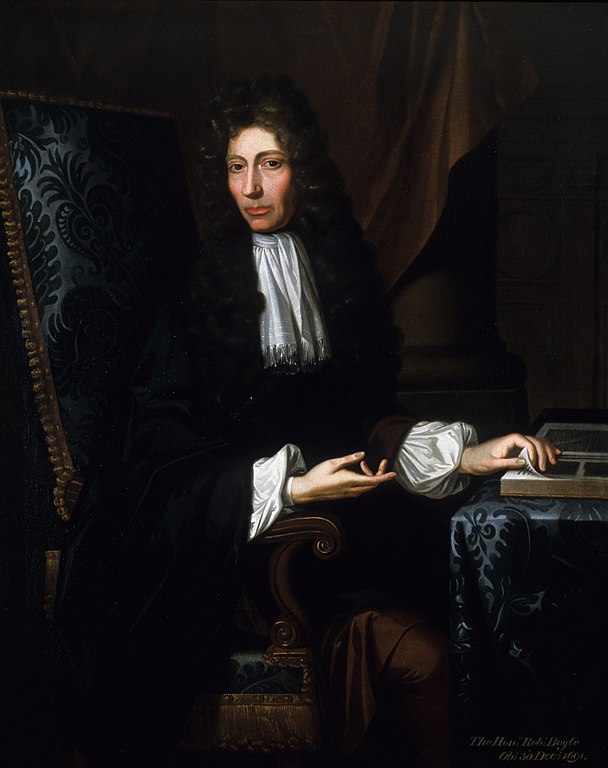
The link may be through George Starkey who was a writer of numerous commentaries and chemical treatise. He is said to influenced prominent scientists of the day, including Isaac Newton and Robert Boyle. Starkey administered cures and remedies to patients, including Boyle. He was reputedly the only physician in London with a cure for the Great Plague in 1665, though the details are lost4
Starkey tutored Boyle, who is now considered to be the first modern chemist and pioneer of experimental scientific method. Starkey was very secretive about his cures and it is possible that they became more associated with Boyle. They certainly shared similar philosophies on the use of medicine to prolong life 5 but I can’t find any evidence of a plague cure being specifically attributed to Boyle.
However, there is a definite connection between the motto and surviving the plague and so the ring may be in tribute to that. Or, it may belong to one of Richard Boyles many descendants. Or, just a motto that had become popular in everyday use.
References
- ‘God’s providence is mine inheritance’: Richard Boyle 1st Earl of Cork and his patronage of St. Carthage’s Cathedral, Lismore. Bláithín Hurley.
- Morriss, Richard (1993), The Buildings of Chester, Dover: Alan Sutton, p. 34
- Gods Providence House, Isle of Wight Tourism website
- Science, alchemy, and the Great Plague of London / William Scott Shelley
- ‘In middest of death’: Medical Responses to the Great Plague of 1665. Lara Elyse Thorpe. 2017



